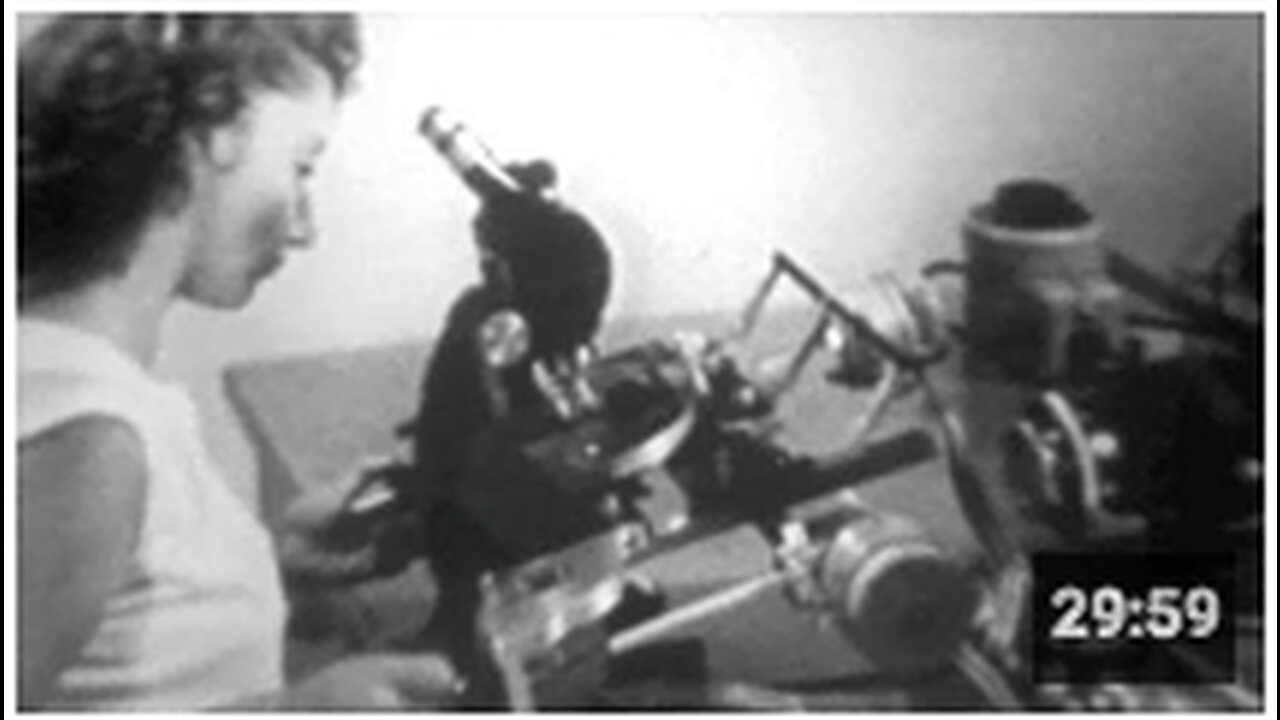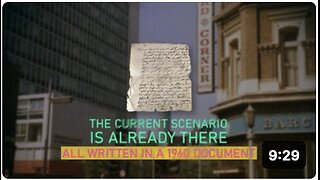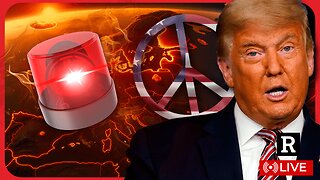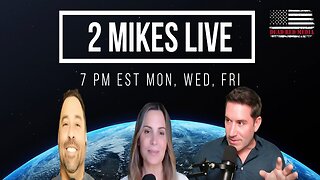Premium Only Content

Science in Action #355: Earth's Radiation Belt (1959) | California Academy of Sciences
Episode #355, "Earth's Radiation Belts," explored the methods used by scientists at the Lawrence Livermore National Laboratory to determine the intensity and effects of Van Allen radiation belts surrounding the Earth. This particular episode aired in 1959 -- two years after Soviet dog Laika became the first animal in orbit, two years before Russian cosmonaut Yuri Gagarin completed the first successful human spaceflight, and three years before astronaut John Glenn piloted the Mercury-Atlas 6 around the Earth. In 1959, the question voiced by host Earl Herald was one of the key scientific mysteries at the start of the Space Race: "what [are these radiation belts] going to mean for the first person to take off from the earth as a space traveller?"
Herald interviewed three researchers at the Lawrence Livermore National Laboratory (then known as the Lawrence Radiation Laboratory at UC Berkeley). Dr. R. Stephen White (Leader of the Nuclear Effects Group), Dr. Stanley Freden (Senior Staff Physicist), and Dr. Hal Oliver (Head of Processing Department), explained LLNL's method of radiation testing in the Van Allen belts: mounting an emulsion stack on a rocket, which was then launched into the region of the radiation belts using a rockoon (a rocket suspended from a high-altitude balloon), recovered upon returning to Earth, and processed to test for radiation intensity.
Further Info:
http://americanmoon.org/VanAllen/index.htm
Mirrored - California Academy of Sciences
-
 9:29
9:29
Biological Medicine
3 hours ago1960s Document EXPLAIN THE FUTURE
143 -
 1:13:16
1:13:16
We Like Shooting
20 hours ago $6.08 earnedDouble Tap 399 (Gun Podcast)
57.1K2 -
 1:00:20
1:00:20
The Tom Renz Show
1 day agoTrump Schools Zelensky, The Epstein Files FAIL, & What RFK Will Mean for Cancer
60.9K25 -
 42:47
42:47
Kimberly Guilfoyle
13 hours agoThe Trump effect: More Major Investment, Plus America First at Home & Abroad. Live w/Ned Ryun & Brett Tolman | Ep. 201
141K46 -
 1:29:23
1:29:23
Redacted News
12 hours agoWW3 ALERT! Europe pushes for war against Russia as Trump pushes peace and cutting off Zelensky
174K285 -
 57:56
57:56
Candace Show Podcast
15 hours agoHarvey Speaks: The Project Runway Production | Ep 1
164K104 -
 56:31
56:31
LFA TV
1 day agoEurope’s Relationship With America Is Over | TRUMPET DAILY 3.3.25 7PM
50.6K7 -
 2:04:45
2:04:45
Quite Frankly
13 hours ago"European Deth Pact, Blackout Data Breach, Epstein" ft. Jason Bermas 3/3/25
50.2K20 -
 1:32:46
1:32:46
2 MIKES LIVE
10 hours ago2 MIKES LIVE #187 Deep Dive Monday!
28.8K1 -
 44:25
44:25
CatfishedOnline
11 hours ago $2.12 earnedRacist Lady Shocked After Sending Money to a Nigeria Romance Scammer
36.5K8